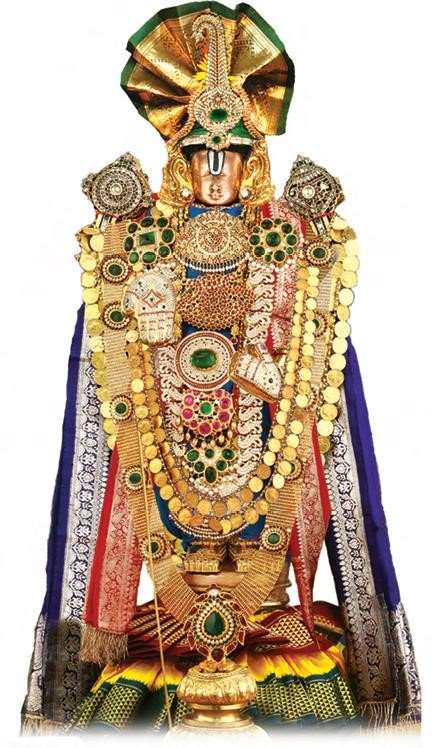Tirumala Sri Vari – Navaratri Brahmotsavams The divine name, “Venkateswara” means the Supreme Lord who removes sins, and blesses us with Nectar, Energy, Prosperity & Wealth. Lord Venkateswara is considered the “Kali-Yuga Varada”, that is ‘the boon-granting Lord of “Kali- Yuga”. It is believed that Lord Sri Venkateswara enjoys Utsavams-(according to scriptures the Lord is Read More
Ads Blocker Detected!!!
We have detected that you are using extensions to block ads. Please support us by disabling these ads blocker.

